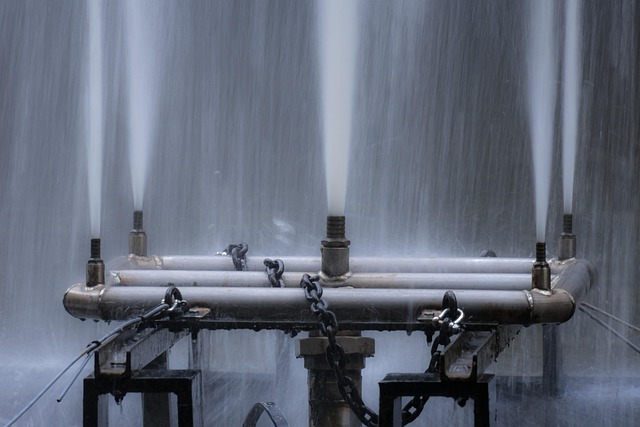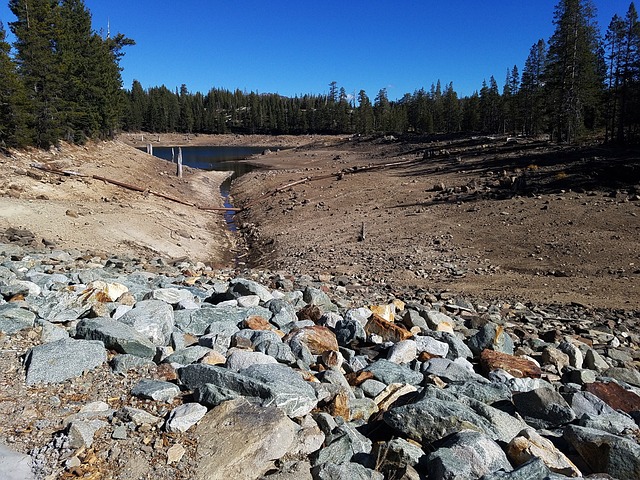Water pressure issues caused by water softeners often stem from mineral buildup, incorrect settings, leaks, or plumbing obstructions. To address low pressure, check and adjust system settings, replace filters, tighten connections, maintain hoses, and schedule regular backwashing and regeneration as per the user manual to ensure optimal performance.
Is your water pressure dropping despite having a water softener? This guide explores common causes behind this issue and offers practical troubleshooting tips. Understanding how water softeners work and their potential impact on pressure is key. We’ll break down various factors causing low pressure, from improper installation to mineral buildup, helping you identify and resolve the problem effectively. Learn essential maintenance steps to ensure optimal performance and restore your home’s water pressure.
- Understanding Water Pressure and Softeners
- Common Causes of Low Water Pressure from Softeners
- Troubleshooting and Maintenance Tips
Understanding Water Pressure and Softeners

Water pressure is a crucial aspect of your home’s plumbing system, ensuring that water flows strongly and efficiently through fixtures and appliances. However, various factors can contribute to low water pressure, including issues with your water softener. A water softener is designed to remove minerals like calcium and magnesium from hard water, making it gentler on pipes and appliances. While this process improves water quality, it can also affect water pressure if not managed correctly.
Understanding how water softeners work is essential when diagnosing low pressure issues. These systems typically use ion exchange resins or reverse osmosis to soften water. During this process, hard minerals are replaced with softer ions, which can temporarily reduce the overall water flow. If you’ve noticed a decrease in water pressure after installing a water softener, it might be due to the softening process itself. This is especially true if you have a new softener or recently adjusted its settings, as it may take some time for the system to balance water quality and pressure effectively.
Common Causes of Low Water Pressure from Softeners

Low water pressure from a softener can be frustrating, but understanding common causes can help you diagnose and address the issue promptly. One of the primary culprits is mineral buildup within the softener itself. Over time, softened water can leave behind calcium and magnesium residues, forming scale inside the unit’s internal components like filters and valves. This buildup restricts water flow, leading to reduced pressure at the taps or appliances.
Another cause could be improper softener installation or settings. If the softener isn’t properly sized for your home’s water usage, it might not be able to keep up with demand. Additionally, incorrect setting configurations can result in excessive softening, causing water to become too thin and lose pressure. Leaks within the system or nearby plumbing issues could also contribute to low pressure, as water is either lost or redirected before reaching its destination.
Troubleshooting and Maintenance Tips

If your water softener isn’t performing optimally, low water pressure could be the result. To troubleshoot this issue, start by checking the softener’s settings to ensure they’re correctly configured for your needs. Next, inspect the filters; clogged or dirty filters can significantly reduce water flow. Regularly replacing these filters as recommended by the manufacturer is crucial.
Additionally, examine the connections and hoses for any leaks or obstructions. Tighten loose connections and replace worn-out hoses to maintain optimal water pressure. It’s also essential to schedule periodic maintenance for your water softener, including backwashing and regenerating the system as per the user manual. By addressing these causes of low water pressure proactively, you can ensure your water softener functions efficiently, providing you with the desired water quality and pressure.
If your water softener is causing low water pressure, it’s essential to identify the issue promptly. By understanding common causes such as mineral buildup or inefficient softening processes, you can effectively troubleshoot and maintain your system. Regular maintenance and quick action when pressure drops will ensure optimal water quality and flow in your home. Remember, addressing these concerns promptly is key to preventing further complications and enhancing your overall water supply experience.
